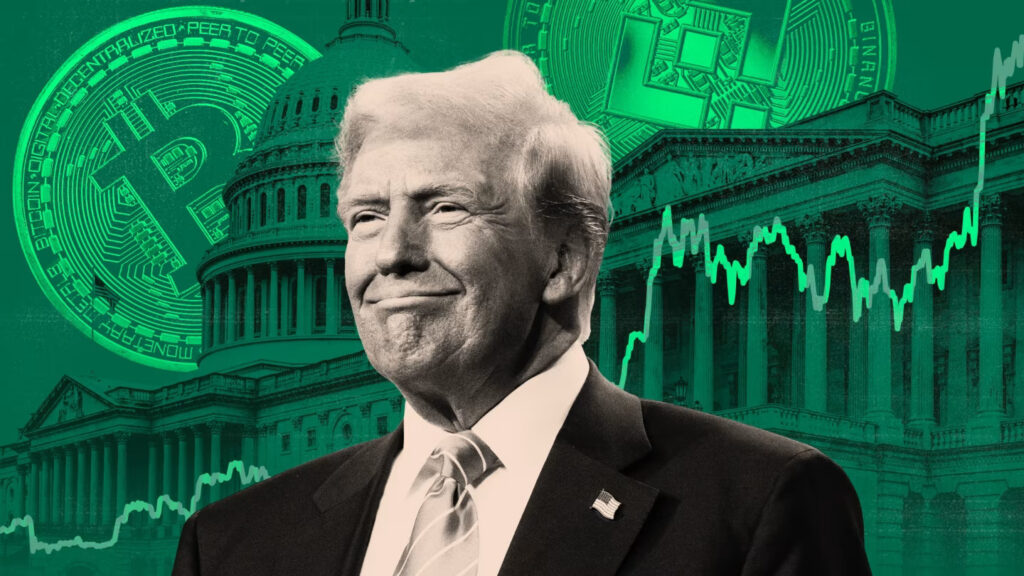In a dramatic move that has rippled across global markets, President Donald J. Trump recently imposed steep tariffs on imports from Canada, Mexico, and China. Citing an “emergency situation” driven by concerns over illegal immigration and the influx of dangerous drugs like fentanyl, the Trump administration set a 25% tariff on most imports from Canada and Mexico—with a reduced rate of 10% for Canadian energy resources—and a 10% tariff on Chinese goods. According to the administration, these tariffs are a tool to pressure neighboring countries into tightening border controls and clamping down on illicit drug flows that have contributed to significant public health and national security challenges.
The White House fact sheet emphasized that trade, while beneficial to all parties, is a privilege the United States extends to its partners. It argued that previous administrations failed to leverage America’s economic might to protect the nation’s interests. Trump’s defenders insist that these tariffs are necessary to address issues such as illegal migration and the fentanyl crisis, and they point to past successes where tariff threats secured concessions on national security matters.
However, leaders in Canada and Mexico have not taken these measures lightly. In response, Canadian Prime Minister Justin Trudeau and Mexican President Claudia Sheinbaum swiftly announced retaliatory tariffs on U.S. imports. Trudeau warned that these countermeasures would result in higher prices for American consumers, highlighting that long-standing economic bonds and mutual support—ranging from joint military efforts to disaster relief—are being undermined by unilateral action. Sheinbaum, for her part, rejected allegations of complicity with criminal organizations and argued that the real focus should be on domestic issues within the United States, including tackling urban drug distribution and money laundering.
These retaliatory steps have added fuel to a volatile trade environment. Critics, including several economic experts, caution that such tariff escalations risk triggering a broader trade war. A recent study by Yale University’s Budget Lab suggested that U.S. households could lose over $1,000 in income annually, with slower economic growth and worsening inflation if the dispute deepens.
The tariff saga has not only rattled traditional markets but also sent shockwaves through the cryptocurrency ecosystem. The crypto market experienced one of its worst days in over a year, wiping out nearly half a trillion dollars within 24 hours as investors reacted to fears of a global trade war. Major cryptocurrencies such as Ethereum (ETH) and Ripple (XRP) plummeted by around 33%, while meme coins, including the recently launched $TRUMP coin, saw dramatic declines. Bitcoin (BTC) briefly dropped below the psychologically significant $100,000 mark, though it later rebounded, reinforcing its reputation as a “digital safe haven” in times of economic uncertainty.
Encouragingly, a temporary reprieve arrived when President Trump agreed to a 30-day suspension of the tariffs following negotiations with Mexico and Canada. The pause, which came amid concessions on border security and drug trafficking enforcement, helped stabilize both traditional markets and crypto assets. In the wake of this deal, Bitcoin reclaimed its $100,000 level and other cryptocurrencies began to recover, illustrating the deepening correlation between digital assets and global economic policy shifts.
The unfolding events serve as a reminder that economic policy—whether targeting traditional trade or emerging crypto markets—carries far-reaching consequences. While proponents argue that such tariffs are a necessary tool for national security, critics warn of the potential for broader economic fallout. As negotiations continue and markets remain alert, the challenge will be to balance the imperatives of national security with the economic stability of an increasingly interconnected global system.
